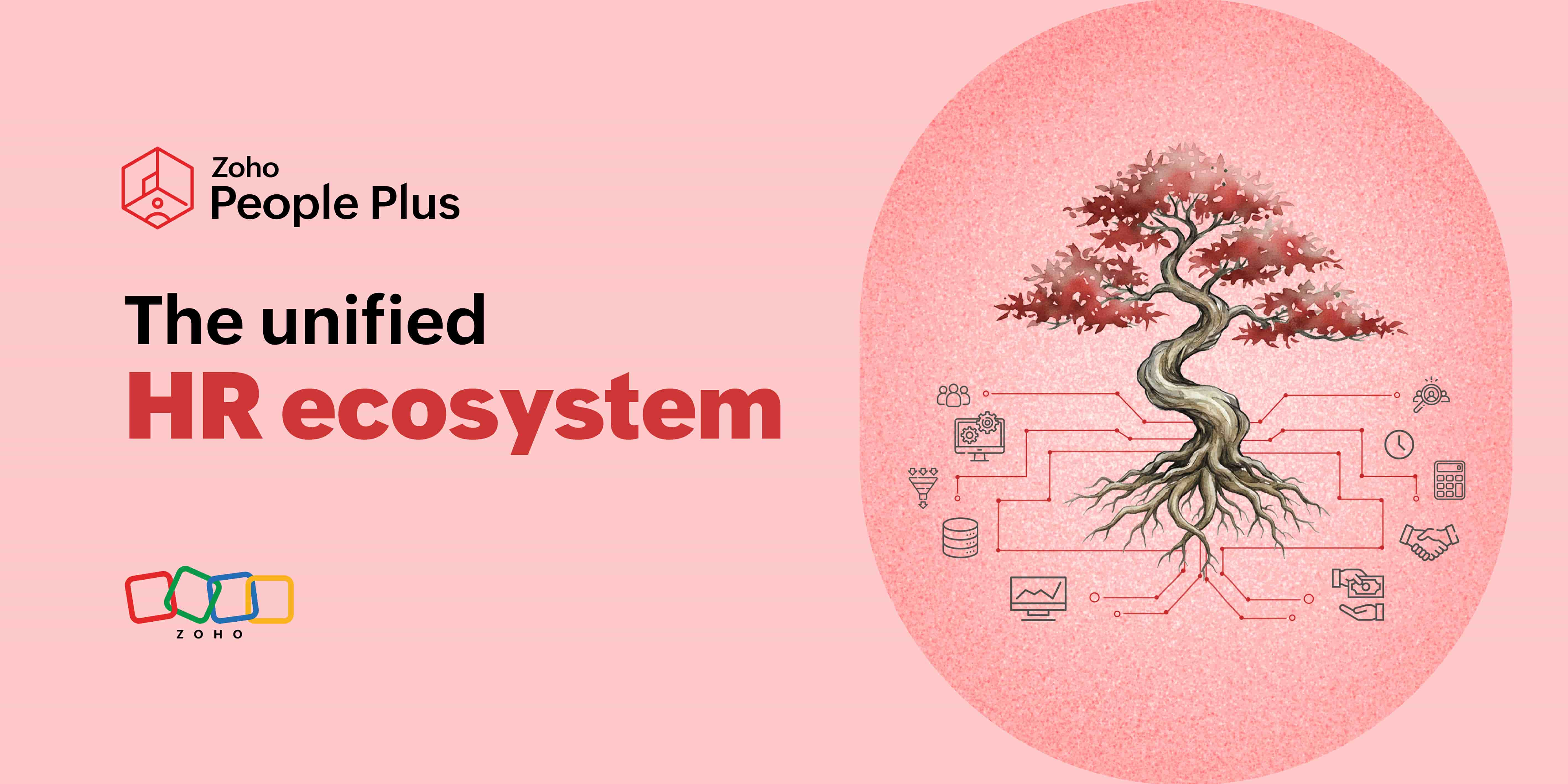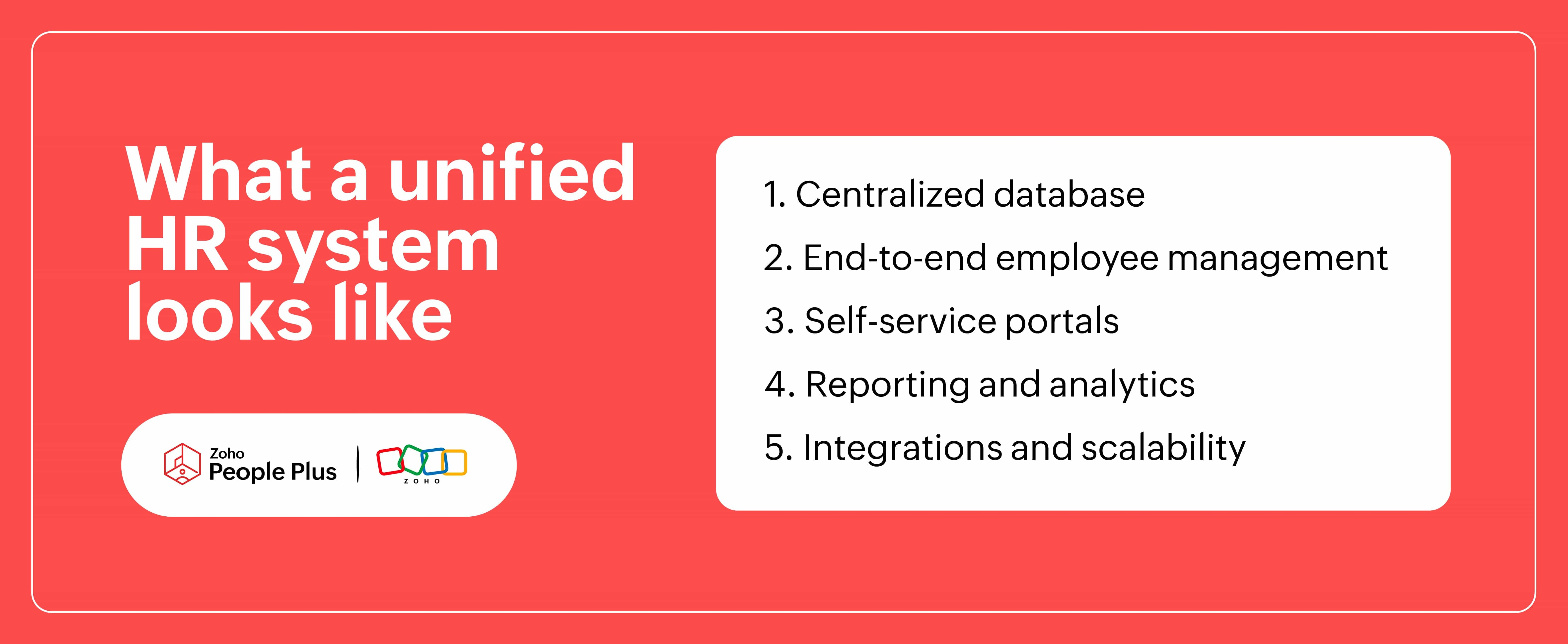Why integrated talent management is the future of HR operations
- Last Updated : October 17, 2025
- 38 Views
- 3 Min Read

Over the past decade, the world of HR tech has experienced significant growth, driven by rapid digital transformation and the increasing demand for people-first digital tools. Innovation in HR tech, especially with AI advances and automation, has given teams a tool for almost every operation, including recruitment, onboarding, performance management, training management, and analytics.
However, as we enter the employee experience era, it's time for organizations to eliminate standalone solutions that require employees to juggle multiple logins or re-enter data across systems. The future of employee-first HR lies in unified systems that bring all operations into one integrated platform.
Understanding the limitations associated with standalone solutions
More tools don't always mean better outcomes, especially at a time when agility, data-driven HR, and employee-centric workplaces are taking the stage. Here are some of the common challenges with adopting disconnected solutions:
Data fragmentation
With fragmented systems, HR teams lack a single source of truth. Key employee information is scattered, and this makes it hard for HR to maintain consistency, ensure compliance, and avoid duplication. The risk of errors increases.
Lack of visibility
Since non-integrated platforms don't communicate with each other, data becomes siloed, hindering HR teams from gaining visibility into their workforce. The data cannot be consolidated into one single system to identify patterns and draw insights on performance, engagement, training, and other workforce trends using HR analytics.
Hinders employee experience
Standalone systems can offer a disjointed experience to employees. For instance, employees may need one system to apply for leave, another to access their payslips, and yet another for performance reviews. This can lower tech adoption among employees and cause them to disengage.
Higher costs
Adopting various systems means managing multiple vendors, licenses, and maintenance costs. Not only is this time-consuming, but it also drives up the total cost of ownership, making HR operations far more expensive than necessary.
What a unified HR system looks like
A unified HR system brings every HR process into a single space. Here's what it looks like:

1. Centralized database
At the heart of a unified HR system lies a centralized database that acts as a single source of data. All the information—including employee personal details, onboarding and offboarding paperwork, leave and attendance data, performance insights, and training records—is centralized in one secure database. HR teams can access these files at their convenience, from the device of their choice, based on set permissions. This removes the need to sift through multiple systems for scattered data, and it ensures compliance and accuracy.
2. End-to-end employee management
With unified HR tech, every HR process in an employee's lifecycle can be managed effortlessly from one single system. From the time employees apply and join to the time they leave, all of their information is connected and recorded in the same place. This improves data flow between different processes, eliminating the need for manual input. For instance, when employees complete a training program, their skills records are updated automatically by the system for performance insights.
3. Self-service portals
Unified HR platforms offer intuitive self-service portals that give employees a way to complete and update paperwork on their own. These portals greatly improve the employee experience, as they can complete onboarding, mark attendance, apply for leave, write self-reviews, start training programs, submit requests, and more without switching between systems. Similarly, managers can approve employee requests, track attendance, and complete performance reviews.
4. Reporting and analytics
By using a centralized platform, HR teams can gain visibility into every process with intuitive reports and analytics. They can generate insightful reports on headcount, attrition, retention, compensation, performance, training, and more. Analytics can reveal why some strategies are working and others are not. For instance, analyzing employee exit interview data can help you understand why employees are leaving your organization.
5. Integrations and scalability
In addition to unifying all of your HR processes, a unified HR platform also seamlessly integrates with other solutions to create a connected ecosystem. Most of these platforms are scalable, meaning they'll grow along with your employees, departments, policies, and locations.
All about Zoho People Plus
Zoho People Plus, our unified HR platform, empowers HR teams to create exceptional digital experiences for their employees. Everything from talent acquisition and core HR to talent management and employee engagement is covered, so that HR teams can focus on what matters the most to them: their people.